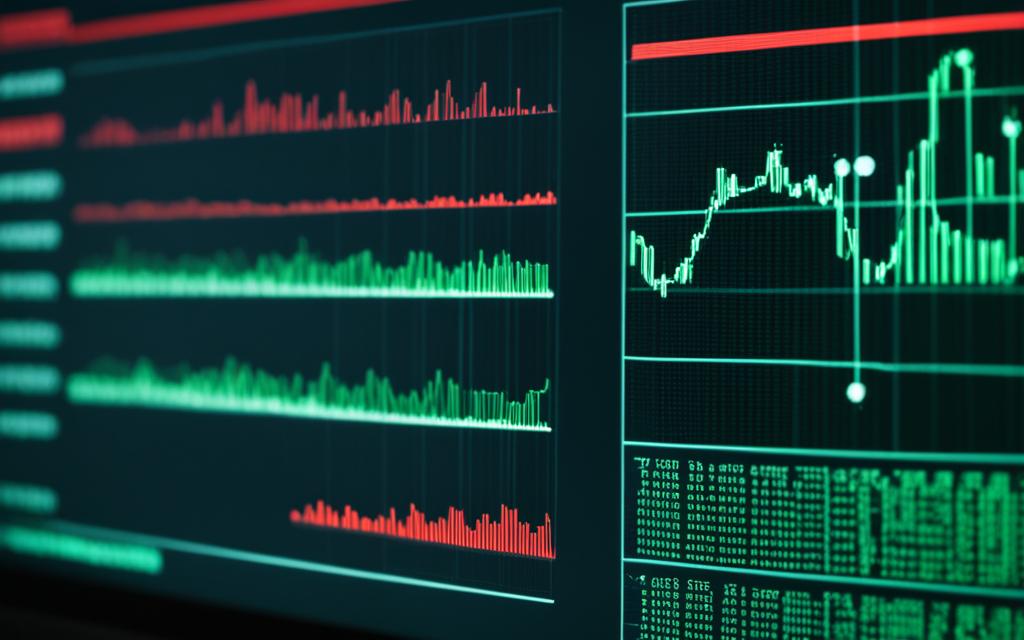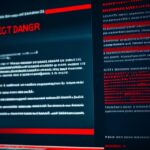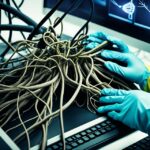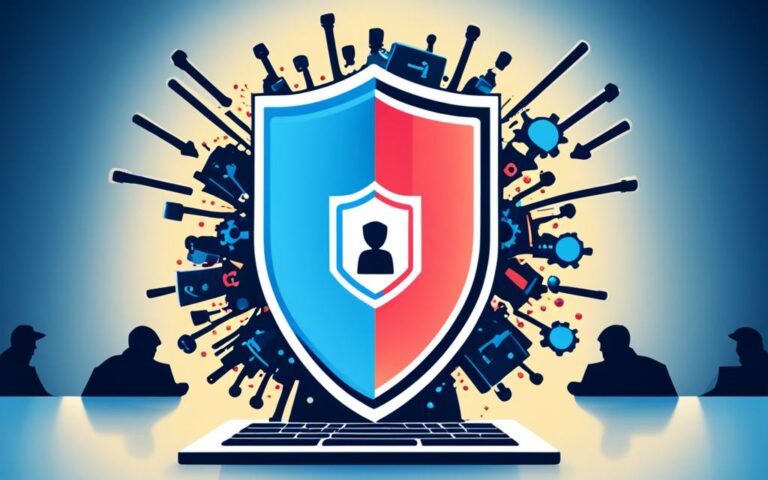The Latest Trends in Trojan Removal Techniques
Trojan viruses, also known as Trojans, pose a significant threat in the realm of cybersecurity. As per a report by Cybersecurity Ventures, Trojans contribute substantially to the estimated annual cost of cybercrime, projected to reach £10.5 trillion by 2025. These insidious threats can lurk undetected within networks for extended periods, resulting in financial losses and privacy breaches. Safeguarding digital assets from Trojans is of utmost importance.
Trojans come in various forms, including backdoor Trojans, downloader Trojans, infostealer Trojans, ransomware Trojans, and rootkit Trojans. They can infiltrate systems through clicking on suspicious email attachments, visiting malicious websites, or installing software from dubious sources. Early detection is crucial, and signs of a Trojan infection may include unfamiliar programs appearing on the computer, erratic operating system behavior, mysterious financial transactions, and an onslaught of pop-up ads or suspicious emails.
Removing Trojan viruses from a device requires the use of security software, inspecting program lists for unknown applications, analyzing the behavior of familiar programs, and seeking expert assistance if necessary. To reduce the risk of Trojan infections, it is vital to install reputable antivirus software, keep the system updated, strengthen passwords, scrutinize email attachments and suspicious links, and educate users on internet safety practices. A comprehensive approach encompassing detection, removal, and prevention strategies is necessary to protect digital assets from Trojan viruses.
How to Recognize Trojan Infections
One of the critical aspects of Trojan removal is recognizing the signs of a Trojan infection. Some common signs include the sudden appearance of unfamiliar programs on the computer, such as software that was not installed or unrecognized desktop icons. An erratic operating system, with significant slowdowns or frequent crashes, could also indicate a Trojan infection. Mysterious financial transactions, especially unauthorized activity on credit card statements, should raise suspicion. Additionally, an onslaught of pop-up ads or suspicious emails sent from the user’s account can be a sign of a compromised machine. Being aware of these signs is crucial for maintaining digital health and safety.
“One of the critical aspects of Trojan removal is recognizing the signs of a Trojan infection.”
Signs of a Trojan Infection:
- Sudden appearance of unfamiliar programs on the computer
- Erratic operating system behavior, such as significant slowdowns or frequent crashes
- Mysterious financial transactions, especially unauthorized activity on credit card statements
- An onslaught of pop-up ads or suspicious emails sent from the user’s account
Steps to Remove Trojan Viruses
Removing Trojan viruses from a device is essential to ensure its security. There are several steps that can be taken to effectively remove Trojans.
- Use security software: Utilize reputable antivirus or anti-malware programs that specialize in detecting and removing hidden threats. These tools are designed to safeguard your device against Trojan viruses.
- Perform full system scans: Conduct thorough system scans to detect any anomalies that may indicate Trojan infiltration. Full scans can identify and eliminate Trojan viruses hiding deep within your system.
- Inspect installed programs: Take the time to review the list of installed programs on your device. Look for any unknown or unrecognized applications that may be potential Trojan viruses. Uninstall or disable these suspicious programs to remove the threat.
- Analyze the behaviors of familiar programs: Trojans can compromise trusted programs on your device. Monitor the behavior of your familiar applications for any signs of unusual activity or unauthorized access. If detected, take immediate action to remove the Trojan from the affected programs.
- Seek professional assistance: In some cases, Trojan infections can be particularly stubborn, requiring expert intervention. If your attempts to remove the Trojan are unsuccessful or if you are unsure about the removal process, consult IT professionals who specialize in Trojan removal.
Following these steps can help users effectively remove Trojan viruses from their devices and ensure the security of their digital assets.
Reducing the Risk of Trojan Infections
In addition to removing Trojan viruses, it is equally important to take steps to reduce the risk of future infections. Implementing strong security practices is crucial for protecting against Trojan viruses. This includes installing reputable antivirus software that provides real-time monitoring and regular updates to combat new threats.
Keeping the system updated by installing developer updates promptly is also essential for closing potential backdoors into applications. Strengthening passwords and changing them regularly can help prevent unauthorized access. Being vigilant with downloads and emails is another important aspect of Trojan prevention. Scrutinizing email attachments, avoiding suspicious links, and downloading programs exclusively from official sources can significantly reduce the risk of Trojan infections.
Educating users about internet safety best practices, sharing information about phishing attempts, and creating specific user accounts for individual device users can also contribute to Trojan prevention. Taking these proactive measures can help protect digital assets from Trojan infections.
List of Trojan Prevention Strategies:
- Install reputable antivirus software with real-time monitoring and regular updates
- Keep the system updated with developer updates
- Strengthen passwords and change them regularly
- Scrutinize email attachments and avoid suspicious links
- Download programs exclusively from official sources
- Educate users about internet safety best practices
- Share information about phishing attempts
- Create specific user accounts for individual device users
By following these Trojan prevention strategies, individuals and businesses can reduce the risk of Trojan infections and protect their digital assets.
Conclusion
Protecting digital assets from the threat of Trojan viruses requires a comprehensive approach that includes effective detection, efficient removal, and robust prevention strategies. By recognizing the signs of a Trojan infection, individuals and businesses can take early action to mitigate potential damage. Utilizing reliable security software, thoroughly analyzing program lists, and consulting experts when necessary are essential for the successful removal of Trojan viruses from devices.
To minimize the risk of future Trojan infections, it is important to adopt strong security practices. This includes implementing reputable antivirus software that offers real-time monitoring and regular updates to stay ahead of evolving threats. Keeping the system updated by promptly installing developer updates helps close potential vulnerabilities. Strengthening passwords regularly can prevent unauthorized access, while caution with downloads and emails reduces the chances of falling victim to Trojan infections. Educating users about internet safety best practices and creating individual user accounts further contributes to Trojan prevention.
By combining these strategies, individuals and businesses can protect their valuable digital assets from the risks posed by Trojan viruses. Stay informed about the latest trends in Trojan removal techniques to ensure the ongoing security and integrity of your digital life.












